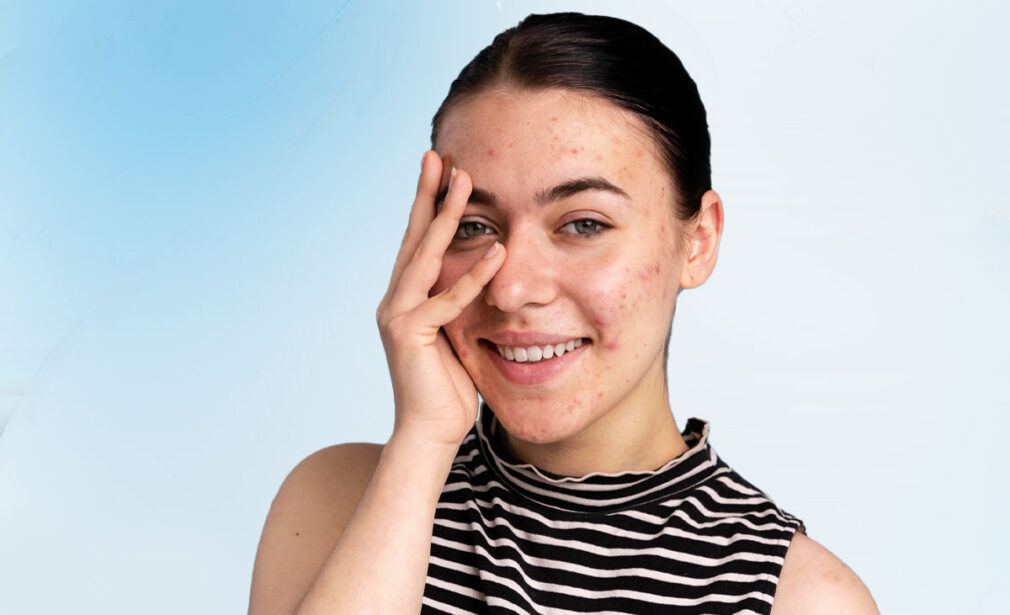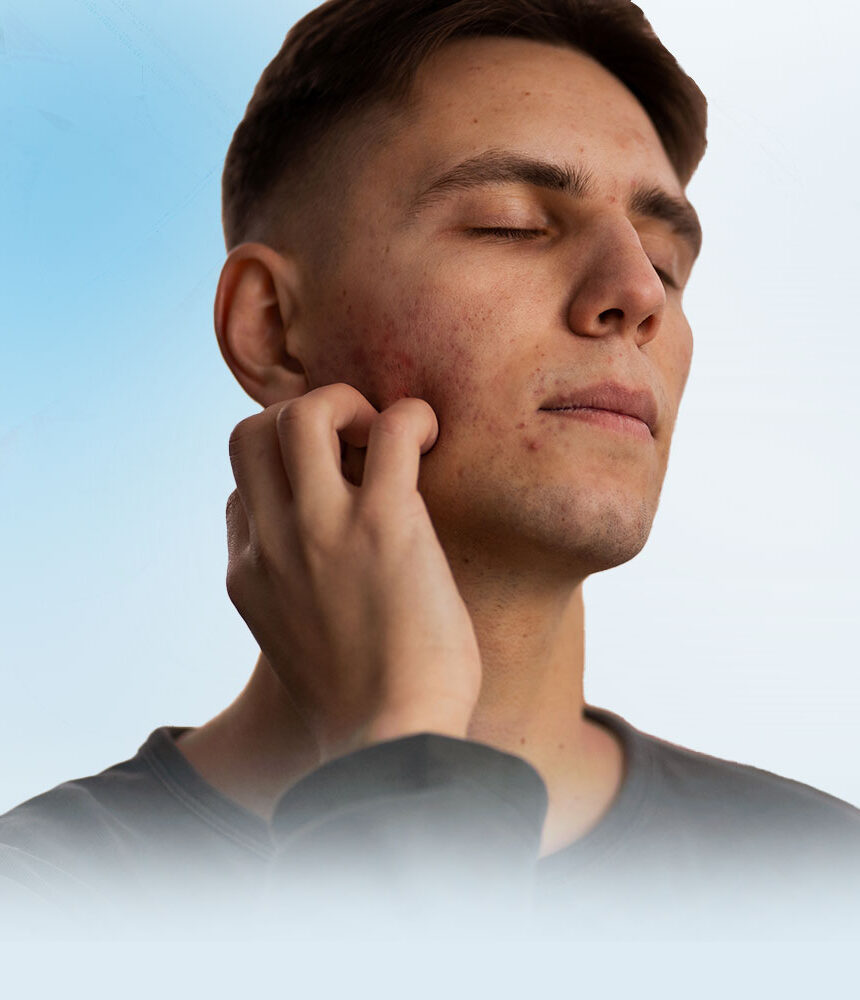Acne is a treatable condition, and with the right approach, most people can achieve clearer skin. It can affect people of all ages but is most prevalent during adolescence due to hormonal changes.
Causes of Acne
Excess Oil Production: The skin’s sebaceous glands produce sebum, an oily substance that helps protect the skin. However, excess sebum can mix with dead skin cells and clog hair follicles, leading to acne.
Clogged Hair Follicles: When hair follicles become clogged with a mixture of sebum and dead skin cells, they can form a plug, which may result in acne.
Bacteria: The bacteria Propionibacterium acnes (P. acnes) can grow in clogged follicles, leading to inflammation and the development of pimples.
Hormonal Changes: Hormones, particularly androgens, increase during puberty, leading to enlarged sebaceous glands and more sebum production. Hormonal fluctuations related to menstruation, pregnancy, or stress can also trigger acne.
Genetics: A family history of acne can increase the likelihood of developing the condition.
Types of Acne and Symptoms of Acne
- Blackheads: Open comedones where the clogged pore remains open, and the surface appears dark due to oxidation.
- Whiteheads: Closed comedones where the clogged pore is closed off, resulting in a small, flesh-colored bump.
- Papules: Small, red, raised bumps caused by inflammation in the hair follicles.
- Nodules: Large, painful lumps beneath the skin's surface caused by clogged, swollen pores. Cystic acne is considered the most severe form.
- Visible Lesions: The most obvious symptom of acne is the appearance of various types of pimples on the face, neck, back, shoulders, chest, or upper arms.
- Redness and Inflammation: Affected areas may appear red and swollen, particularly with more severe types like papules, pustules, nodules, and cysts.
- Pain or Tenderness: Some acne lesions, especially nodules and cysts, can be painful to the touch.
- Scarring: Severe or untreated acne can lead to permanent scarring, particularly with cystic acne.




